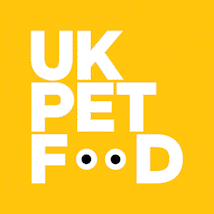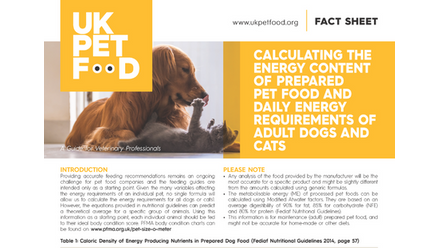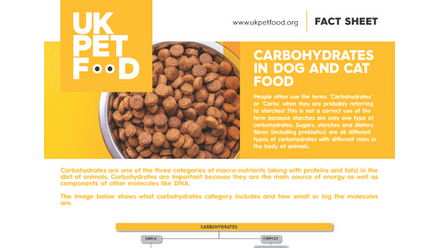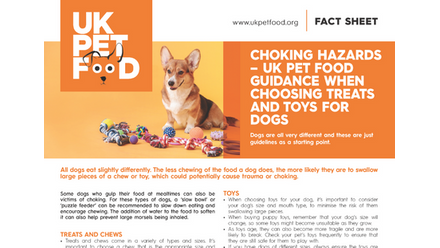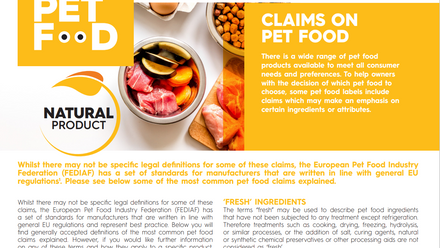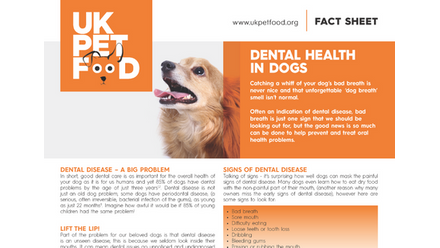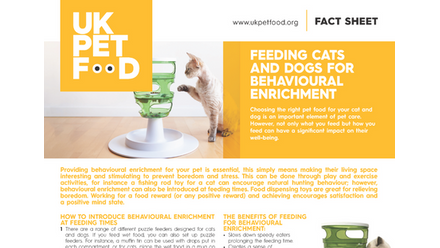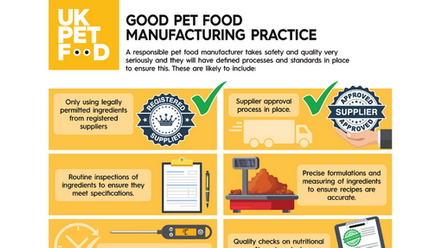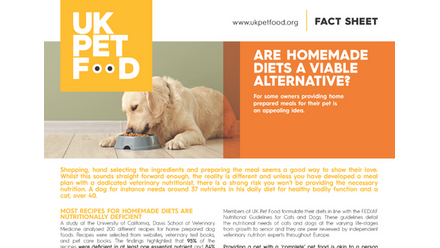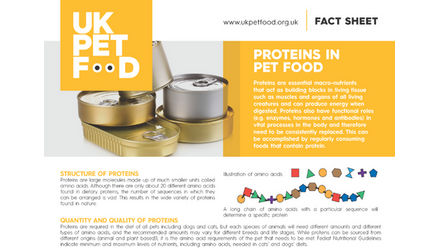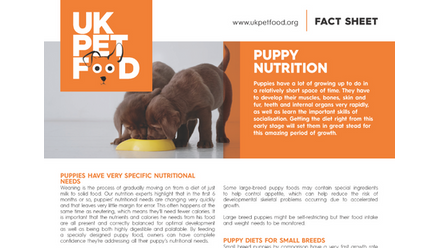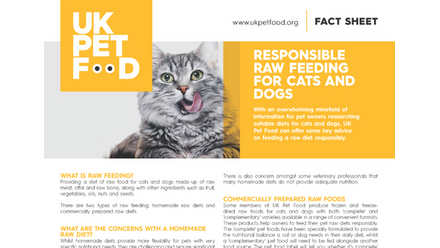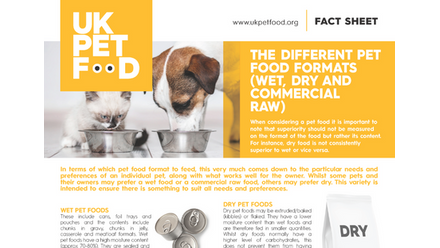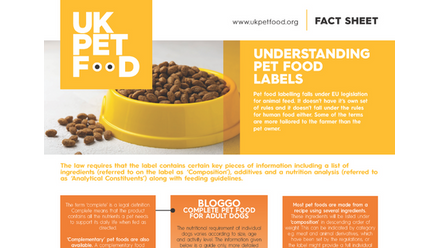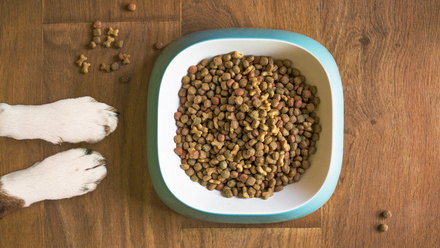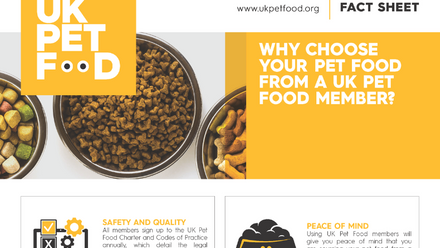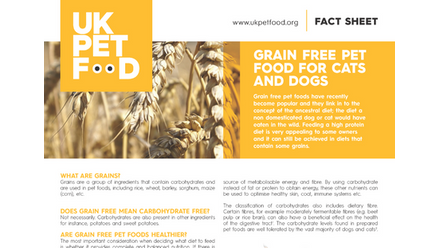What To Feed Dogs
What to feed your dog is probably the most important consideration for its health and wellbeing. There is a huge range of dog food available. Although the choice can seem overwhelming, such a variety ensures that there is something for all needs and preferences.
The type and amount of food to feed your dog depends on a variety of factors including the dog’s age, size, activity levels and whether they have any specific health considerations. Here are our top tips and links to relevant factsheets and posters on the topic.
What To Feed Dogs
Different Formats of Dog Food
Many dog owners choose to ‘mix and match’ wet and dry foods. Whilst some dogs and their owners may prefer wet food or commercial raw food, others may prefer dry. Although the final decision on what to feed your dog comes down to the preferences of you and your dog, you should also follow any feeding advice provided by your vet. This is especially true if your dog has a clinical condition that can be managed with a specific diet.
At UK Pet Food, we always recommend prioritising the content over the format.
The Importance of Choosing a ‘Complete’ Food
The key consideration is whether the food is ‘complete’. All ‘complete’ foods are carefully formulated to provide all the nutrients a healthy pet needs. Members of UK Pet Food commit to formulating their diets in line with the European Pet Industry’s ‘FEDIAF Nutritional Guidelines’, which detail the nutritional needs of dogs (and cats) at varying life stages. Peer-reviewed by independent veterinary nutrition experts throughout Europe, these Guidelines are the gold standard for manufacturers.
Water Supply
Regardless of the food type you choose for your dog, a plentiful supply of fresh, clean drinking water should always be available. We advise all owners to follow the 1+1 rule (offer one water bowl for each pet in the house plus an additional one). If you are concerned about any health issues, please contact your local vet.
Avoid Human Food
Although some human foods are safe for dogs, many are not. Foods like chocolate, grapes, raisins, garlic and onions are toxic for dogs.
Can I give my dog treats?
Treats can be extremely useful for training and rewarding your pet. They should be given in moderation and accounted for in your dog's daily intake. Generally speaking, treats should comprise no more than 10% of your dog’s diet.
How Much To Feed Dogs
The amount of food to feed your dog depends on their age, size and activity levels. However, always start by following the feeding guidelines on the pet food packaging. The amount of food may need to be adjusted according to your dog’s individual needs.
How can I check my dog is eating the right amount?
All dog owners should monitor their dog’s size and weight by using a body condition chart. At UK Pet Food, we have produced a clear Dog-Size-O-Meter to help owners monitor their dog's size and weight. If you have any concerns about your pet’s weight or size, visit your vet for advice.
Remember that some dogs, such as puppies, senior dogs, pregnant or nursing females, and dogs with medical conditions, may have specific dietary requirements. Consult your veterinarian for recommendations in these cases.
Dog Nutrition Resources
Here you can find our dog related factsheets and resources.
